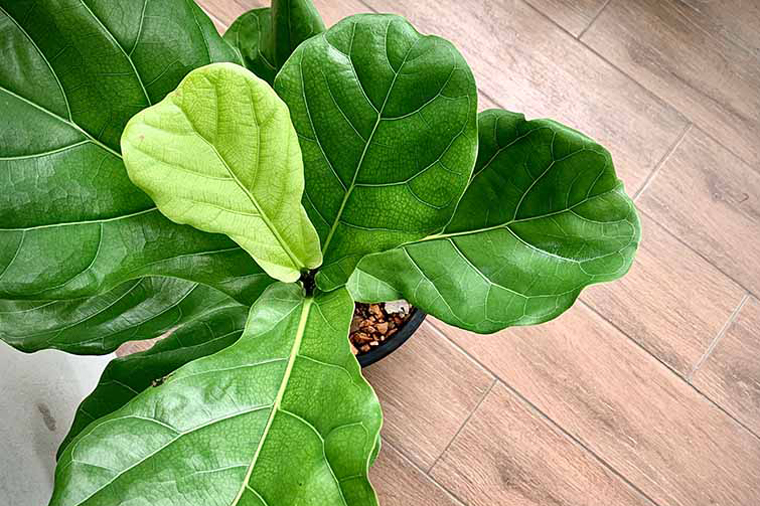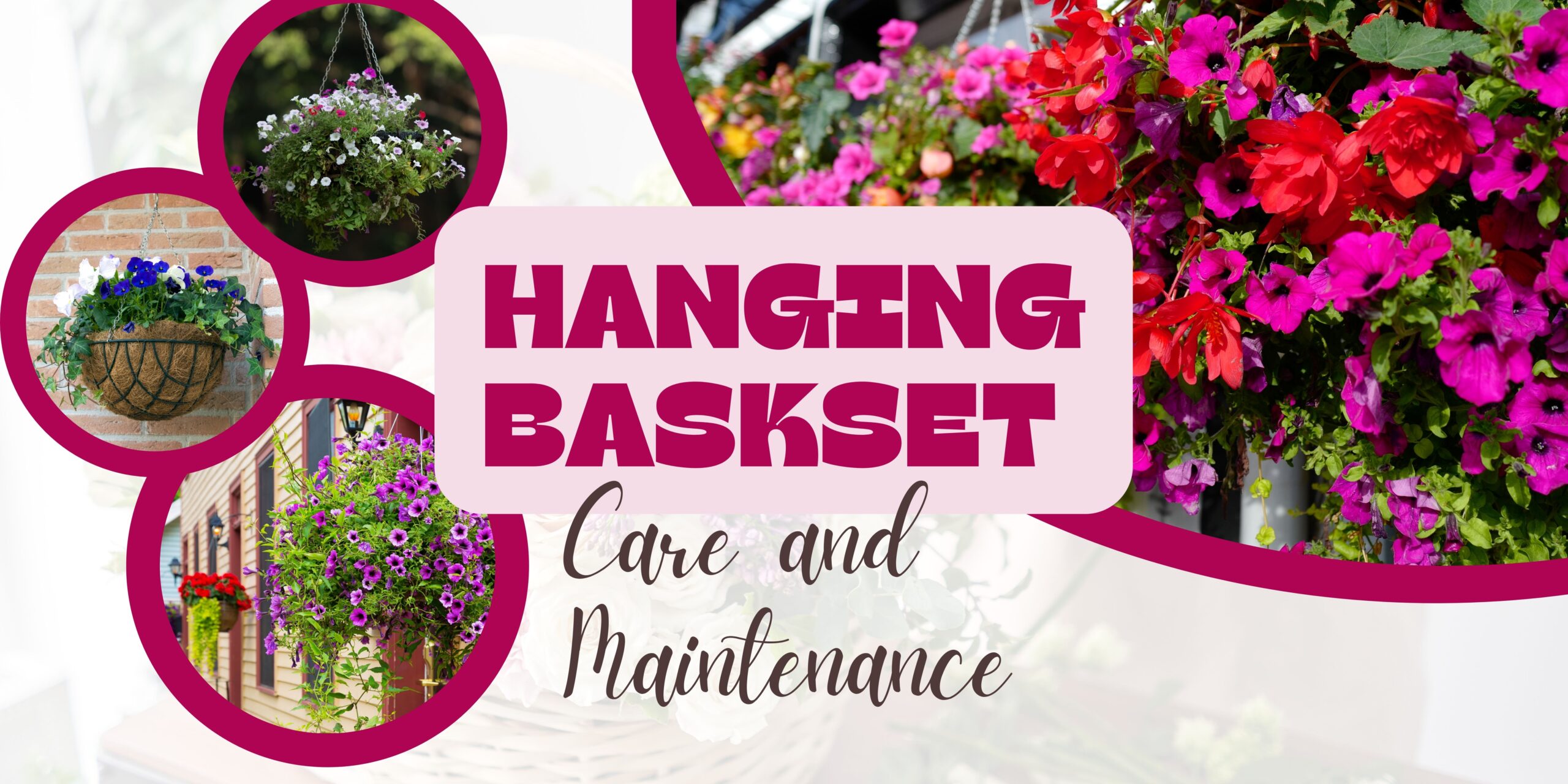All About Fiddle Leaf Figs
Probably one of the most recognizable houseplants, the Fiddle Leaf Fig, or Ficus lyrata, has been growing in popularity in recent years. They are loved for their large bright green leaves that can vary in shape, but typically have a broad apex and narrow middle, resembling a fiddle. Their foliage can grow up to 18 in long and 12 in wide, though are typically smaller, especially in our low light climate. The leaves have a leathery texture and a wavy margin, adding to their visual appeal.
Like most houseplants, they originate from subtropical and tropical regions where they evolved to grow in humid, temperate climates with indirect sunlight. These much-desired houseplants can thrive indoors where care is taken to simulate their natural environment.
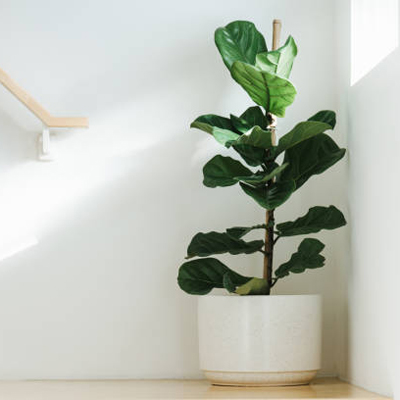
Ficus lyrata
This is the most common variety of the Fiddle Leaf Fig.
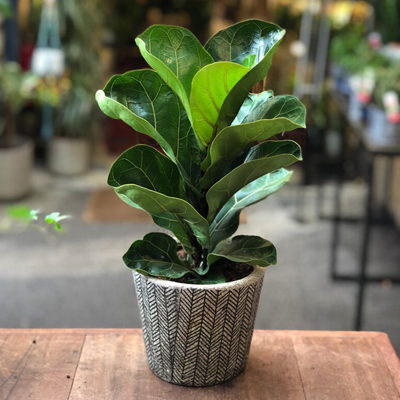
Ficus lyrata “Bambino”
A dwarf variety that will only reach a few feet tall.
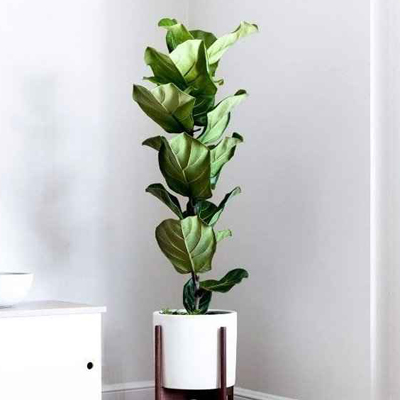
Ficus lyrata “Compacta”
A compact variety that features smaller, more bunched leaves and can reach up to 5 ft tall.
Plant Care
Light
Direct sunlight will burn the leaves of the fiddle leaf fig, especially in the hot afternoon sun. Their preference is bright, filtered light that will provide mild exposure.
Soil
Fiddle Leaf Figs are not picky, as long as the soil is adequately draining.
Water
They prefer a moderate amount of moisture. Too little water will cause the leaves will droop, drop, or lose their bright color. Too much water will cause the leaves to yellow or roots to rot and drop their leaves.
Humidity
30-65% humidity is ideal. Daily misting or having a humidity tray will help your plant thrive and promote faster growth.
Temperature
Fiddle Leaf Figs prefer room temperature to remain between 65-75°F. If left in rooms that drop below 50°F, they will likely become stressed and develop brown spots or drop their leaves.
Trimming
Fiddle Leaf Figs do not need to be pruned or trimmed. However, trimming the top of the main stem will promote branching.
Dusting
They like to have their broad leaves dusted every few weeks to allow for the best sunlight absorption.
Toxicity
Fiddle Leaf Figs are toxic to both cats and dogs.
Plant Problems
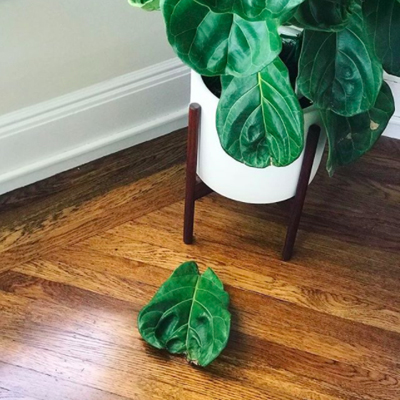
Leaf Drop
Fiddle Leaf Figs are prone to dropping leaves when they are stressed. There are three main causes for leaf drop :
Shock: Fiddle Leaf Figs do not like being moved. A drastic change to its environment can cause considerable stress on the plant. Typically, they will recover even after losing over half their leaves, just be patient and make sure they are getting the ideal conditions they need to recover.
Dry Conditions: Dryness can also cause leaf drop. Keep a consistent watering schedule and do not let the plant become overly dry. You should also keep your plant away from sources of dry hot air, such as heating vents.
Root Rot: Root rot can develop when there is too much water and not enough drainage or light. Brown spotting on the dropped leaves is a telltale sign that it is likely root rot.
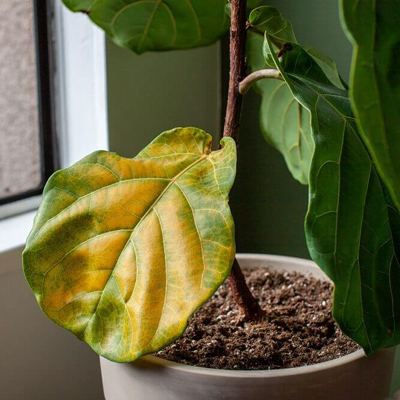
Yellowing Leaves
If the bottom leaves are beginning to yellow, it is likely that the plant has been overwatered, underfed, or is receiving insufficient light. Less common reasons for yellow leaves can include transplant shock, pest infestation, or soil that is too acidic.
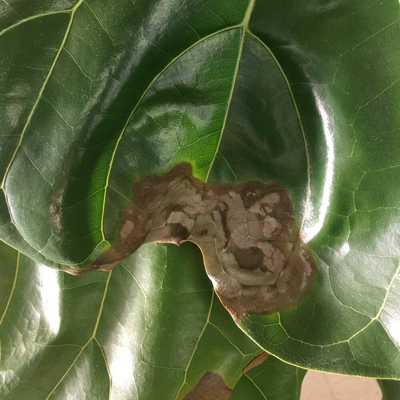
Brown Spots or Brown Leaf Edges
This could mean the plant is suffering from root rot. Root rot typically occurs when the roots at the bottom of the pot repeatedly sit in water due to poor drainage. Extreme heat or temperature changes can also cause browning.
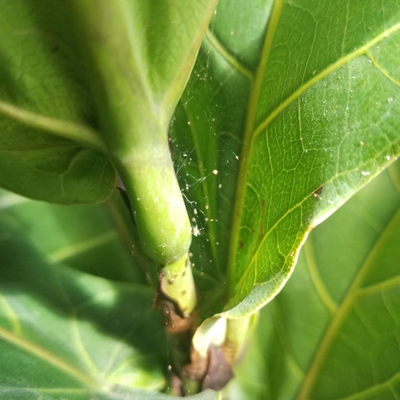
Pest Infestations
Fiddle Leaf Figs are susceptible to fungus gnats, mealy bugs, aphids, spider mites, scale infestations, and whiteflies. The best way to prevent pest infestations is to have a healthy plant!
Consistency: Have a consistent care routine. Make sure your plant is thriving by getting the right amount of light, water, and humidity.
Neem Oil: Dust your plant with neem oil regularly.
Inspect Regularly: Be familiar with the different types of pests that can affect your plant. Inspect your plant regularly for any signs of pests. The earlier an infestation is caught the more likely you can treat and save your plant.
 |
| 
